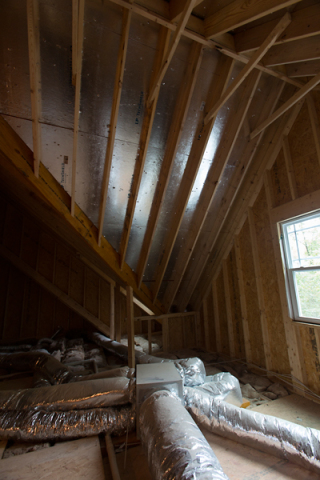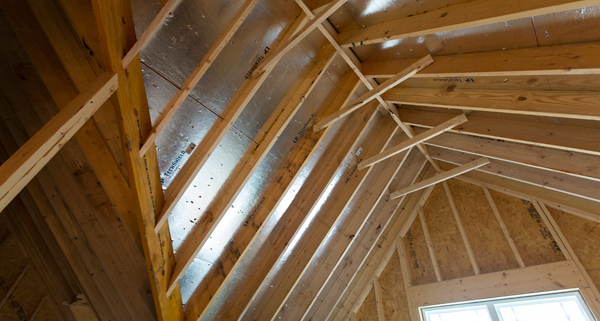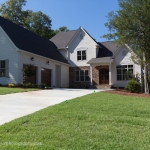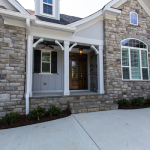 Radiant barriers are one of the most misunderstood issues for energy efficiency in homes. They have an important place in thinking about a new energy-efficient home, but it is not what most of the vendors in the various home shows would have you believe.
Radiant barriers are one of the most misunderstood issues for energy efficiency in homes. They have an important place in thinking about a new energy-efficient home, but it is not what most of the vendors in the various home shows would have you believe.
Put simply, a radiant barrier holds on to heat and blocks radiant heat transfer into the adjacent space – like an attic. Using the attic example – sunlight hits the roof, this radiant heat travels through the roof assembly and either goes into the attic or, if a radiant barrier is correctly installed, a significant portion of radiant heat is stopped. The important point here is that there has to be an air gap next to the radiant barrier or it will not work. With no air gap, heat will just conduct through the radiant barrier and into whatever is touching it – and then into the attic, if that is where it is.
The attic is a great place for a radiant barrier, providing insulation is in the attic floor, not along the roof deck. In this situation, one of the easiest ways to install a radiant barrier is to use roof decking with the radiant barrier already installed on the attic side. With this system, anything stored in an attic will be cooler, including any HVAC equipment trying to cool your house. It also makes trips to the attic more comfortable. The radiant barrier will reduce the heat flow from the attic into the house by approximately 40%.
Installed properly, radiant barriers will improve comfort, reduce peak air conditioning loads and keep your attic up to 20° cooler in the summer. In North Carolina, those are all important issues.
Absolute Construction is a multi-year Parade of Homes Gold Medal winner in Chatham county North Carolina, who builds award winning custom houses in Pittsboro, Chatham County, NC specifically in Chapel Ridge.




